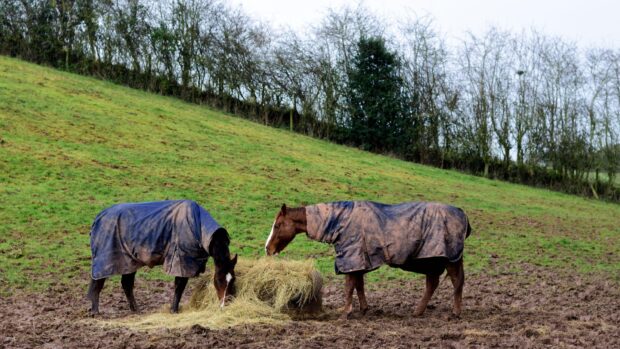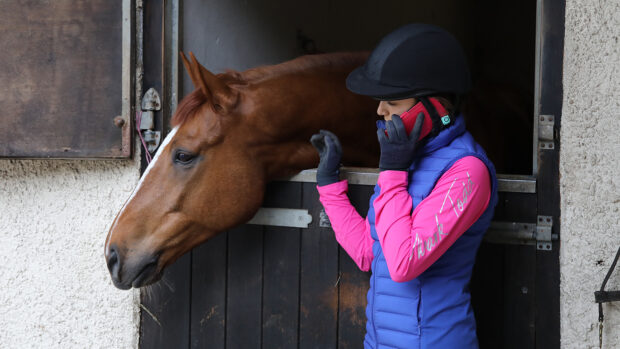Punitive insurance premiums for British riding schools have peaked and in some cases are dropping, says the Association of British Riding Schools (ABRS).
ABRS chairman and riding school owner Julian Marczak said his premium has dropped by 10 per cent: “It has dropped £400. Riding schools have improved their record keeping, riders’ registration forms, risk management and general adherence to health and safety matters.
“This has made them less vulnerable to claims and we are sensing increased confidence from underwriters as a result.”
Barry Fehler, director of South Essex Insurance Brokers, which insures the British Horse Society (BHS), British Dressage and many UK riding schools, agreed premiums had stabilised — thanks to better organisation.
He said: “Before, a six-month old claim would come in and the school would have no records for its insurance company to fight the case. Now they keep good accident records.”
Both the BHS and ABRS have worked with riding schools to keep better records.
The BHS’s Chris Doran said: “We made a set of forms for new clients which detailed everything from riding experience to highlighting that riding is a risk sport. Riding schools were very receptive and most now follow best practice.”
In recent years, premiums for some schools had risen steeply. Pembrokeshire yard owner Ingrid Evans found her insurance rose from £2,000 per annum to £6,000 after a claim was filed against her.
John Window of Mount Mascal stables in Kent is relieved premiums have levelled but said the form-filling has taken the fun out of riding.
“Riding is supposed to be an adrenalin buzz,” he said. “We used to take people hunting. They fell off, they got back on. But we wouldn’t dream of doing that now.”
John Romer of Turpins Lodge Riding School in Oxfordshire, said good records are vital as very often the so-called ambulance chasers get their facts wrong: “One girl who tried to sue got all her details wrong. But we have all that so can fight our case.”
But Mr Fehler warned: “There will always be accidents but now the majority of schools and their insurers are better equipped to handle them.”
This news story was first published in Horse & Hound (17 July, ’08)



